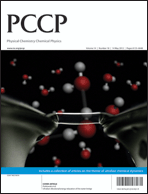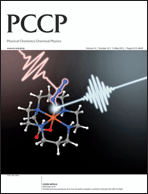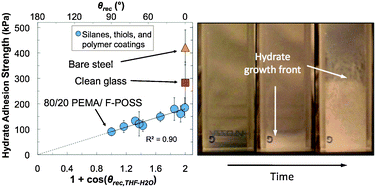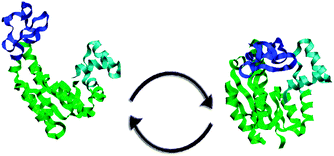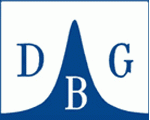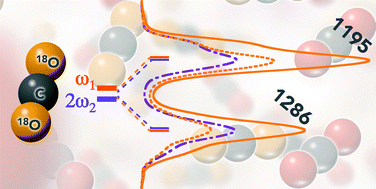There is still time to submit an article to the PCCP themed issue on “Organic electronics – new physical chemistry insight”.
Guest Editors: Prof. Wenping Hu (Institute of Chemistry, Chinese Academy of Sciences), Prof. Henning Sirringhaus (Cavendish Laboratory, Cambridge University) and Prof. Yutai Tao (Academia Sinica, Taiwan).
Deadline for Submissions: 14th May, 2012
Organic electronics has attracted the world’s attention due to the great promise of organic electronic devices for practical applications, from organic light-emitting diodes to organic solar cells and field-effect transistors as well as other new relevant fields. Key challenges in this field include the low mobility of organic semiconductors, low stability of organic devices, the role of interfaces and device physics etc. And a lack of understanding of the structure–property relationships of organic semiconductors still hampers their rational design.
This themed issue will highlight the tremendous progress that has been made in this field and will help foster new ideas for future advances in solving the physical chemistry challenges of organic electronics.
- Manuscripts can be submitted in any reasonable format using our online submissions service
- Submissions should be high quality manuscripts of original, unpublished research
- Communications and full papers can be submitted for consideration, which will be subject to rigorous peer review
- Please indicate upon submission that your manuscript is intended for this themed issue












